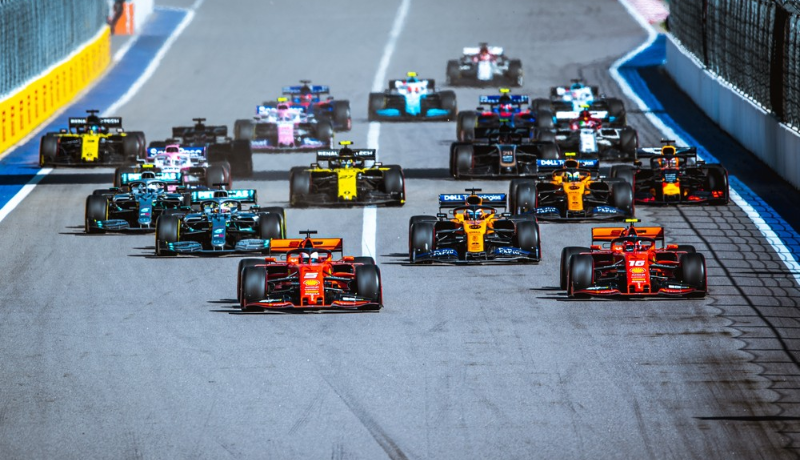
NetApp, a global cloud-led, data-centric software company, and TAG Heuer Porsche Formula E Team have announced a multi-year partnership. NetApp will provide the sportscar manufacturer with innovative hybrid cloud solutions to help them continue to write car racing history.
“This is a winning partnership in which two champions meet eye-to-eye. Porsche has secured over 30,000 wins in all major car racing series. NetApp has submitted more than 2,500 data innovation patents. Joining forces now, we are working to make our mark on the future of racing,” said James Whitemore, Executive Vice President and Chief Marketing Officer at NetApp. “Digital data is collected by the cars’ many sensors as they dart along the track and is processed synchronously to predict outcomes to aid the trackside team. Data equals speed.”

In 2015, Porsche AG, a Volkswagen Group global automotive brand, began shifting production toward electric or e-fuel powered vehicles. Porsche AG hopes that by 2030, 80 percent of all vehicles sold will be electric. TAG Heuer Porsche Formula E Team uses NetApp’s real-time data services to help deliver on the vision of sustainable mobility while enabling real-time adjustments that deliver superior race performance – and help drive the next generation of Porsche electric vehicles.
“Formula E is a technology showcase and R&D backbone for Porsche and preserves our strong motorsports heritage on the road and on the track,” said Friedemann Kurz, Head of IT at Porsche. “Data is the defining element here, but it is not easy to harness when the racing team is always on the road. The solution created by NetApp is unique in the market in how it can move huge amounts of data at high speed while delivering an intuitive experience across edge, core and cloud so we can design better, faster cars for our racecar drivers and car enthusiasts everywhere.”
Real-time data collaboration service for the racetrack
NetApp’s hybrid cloud solutions enable TAG Heuer Porsche Formula E Team to access their data trackside to support driver and team performance. This enables them to make data-driven decisions in real time, such as when to activate the Formula E Attack Mode, which unlocks an extra 30 kilowatts of engine power. The rules for activating Attack Mode are set by the FIA shortly before each ePrix, so it has a significant impact on race strategy.
With data at the core of racing, business, and engineering decisions, the TAG Heuer Porsche Formula E Team requires cutting-edge data management technology:
· Data and systems need to be available at the racetrack and fulfill demanding performance requirements.
· Digital data collected during the ePrix must be uploaded to the cloud for analysis while the race is still running.
· Cloud data needs to be processed by the team at Porsche Motorsport headquarters in Weissach, Germany for R&D.
· After the race, data must be transferred to the cloud so it can be utilized in the future, and to support crucial data services such as backup and archiving.
In response, NetApp and Porsche created a hybrid cloud data solution that combines cloud network-attached (NAS) storage services with Global File Cache to ensure data can flow seamlessly and quickly between different widely dispersed locations. It also incorporates robust NetApp data services to ensure version consistency, manage and monitor cloud resources, and safeguard Porsche’s intellectual property:
• Cloud Volumes ONTAP is the primary storage platform for TAG Heuer Porsche Formula E Team. The multicloud solution deployed on Azure acts as a hub that consolidates all the team’s data.
• Global File Cache, the cloud volume edge capability provides local edge instances, enabling low-latency access to a common dataset, both at the on-premises development center in Weissach and the racetrack.
• Cloud Manager delivers centralized orchestration across hybrid cloud storage infrastructure and all data management services, so that TAG Heuer Porsche Formula E Team can manage, monitor and automate all their data software and hardware consumption.
• Cloud Backup integrates as backup and archive layer for the consolidated cloud data.